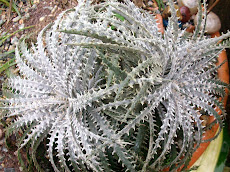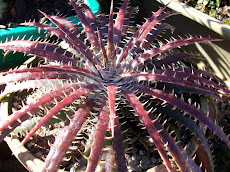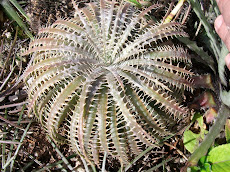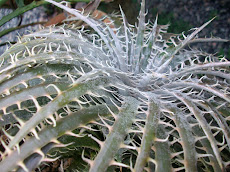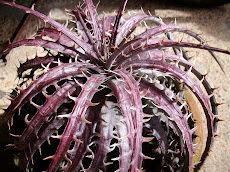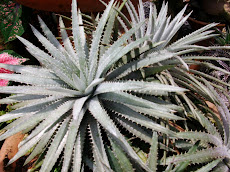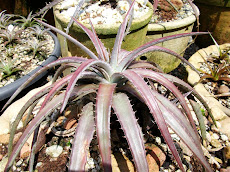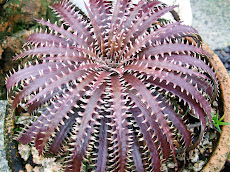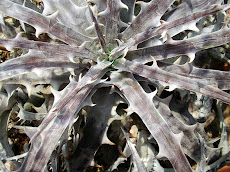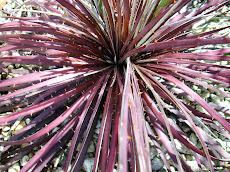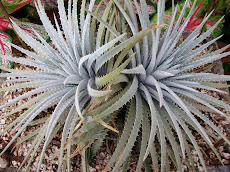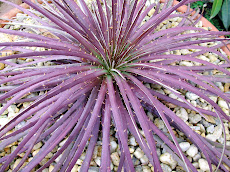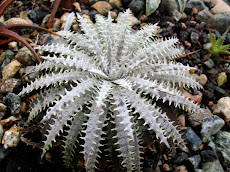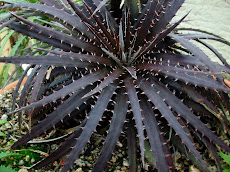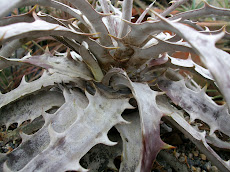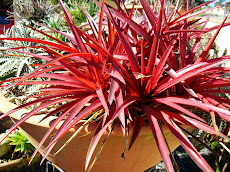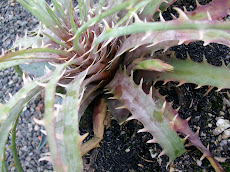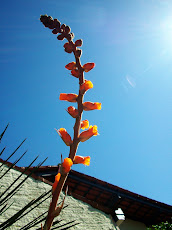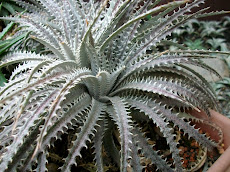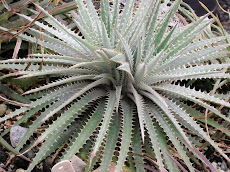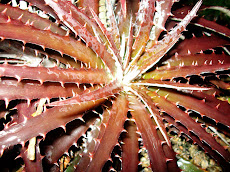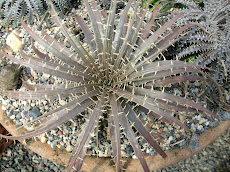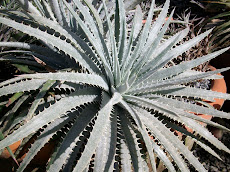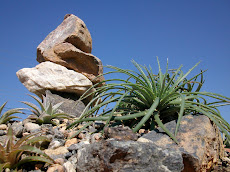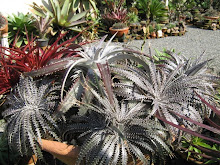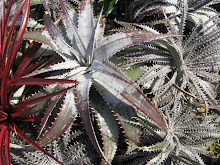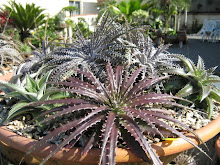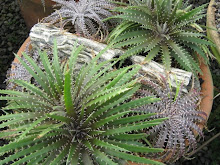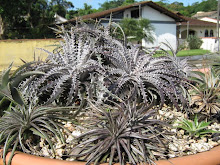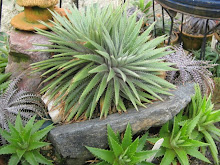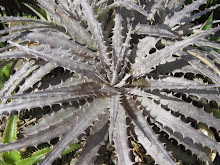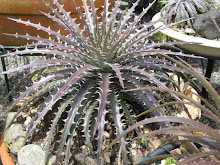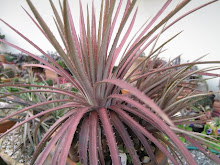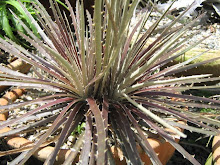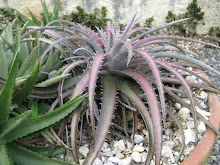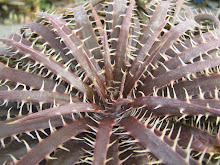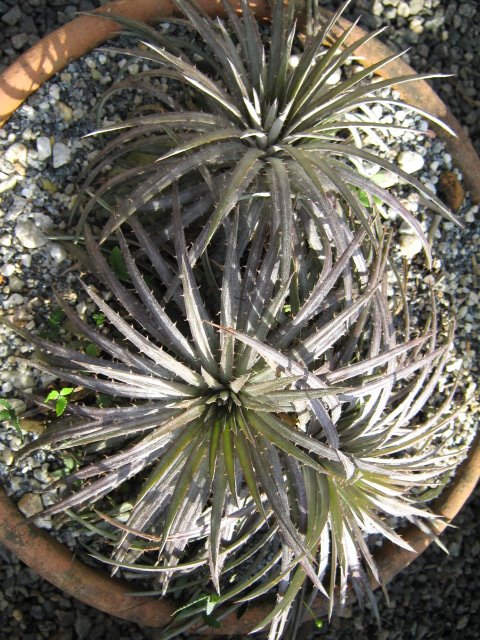Dyckia magnifica
First, some pictures, comments will follow on Sunday JULY 28TH
Dyckias...These creatures of the Light are mostly Brazilian. Many of them are still to be seen by the very first time. Come on in. Let us see some. This Blog was created to show you the plants in my garden and also help you to keep happier Dyckias. This is the beginning of the book:THE ALLURING DYCKIAS. I may share some seeds with you. This way we help Dyckias to be known, understood and cherished. Email me at: constantinog@terra.com.br Constantino Gastaldi -Brazil ... 55-47-3425-8085
Hello Dearest, I am am happy to be back, to show and tell about Dyckias and their fellows.
Next post will show Dyckia magnifica a recent formally introduced to the word of Dyckias by Dr. Henrique Brunecke who maintained the name I suggested decades ago.
Also I shall thank Mr. Sidiney Rodrigues who helped me to get this Blog on its track again.
Constantino Gastaldi Joinville-SC Brazil
Above a Dyckia pseudodelicata
Below a Dyckia delicata
It requires an expert to tell them apart.Bellow you can see some of the characteristic details that make this species well noticeable:
- The tips of the leaves. The two bare marginal lines are united to a third one, the flat lower surface of the leaf turns into a line to form a triedric final and unique super hard spine.
-
The Dyckia lines are also noticeable on the upper surface of the leaf.
This is impressive and rare and turns the plant very rigid and sturdy

